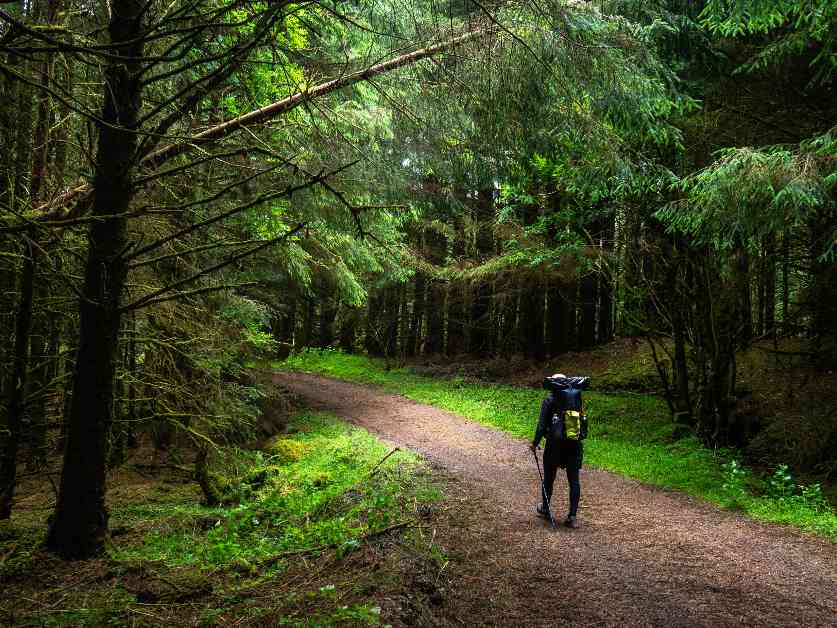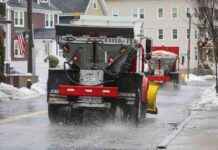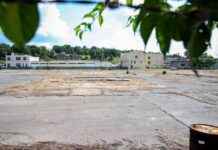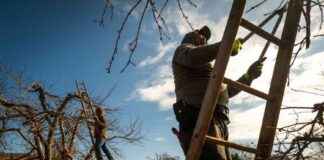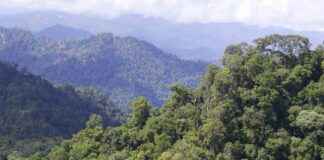Renowned Journalist Delves into the Healing Power of Nature and Climate Change Impact
When Roger Ulrich was a teenager, he faced the challenges of kidney disease, spending agonizing hours bedridden either in a sterile hospital room or gazing out at a pine tree from his bedroom window. Little did he know that this view of nature would not only offer him solace but also shape his career path in a profound way.
Decades later, Ulrich, now a seasoned researcher, embarked on a mission to enhance healthcare facility designs for healing, driven by his childhood experiences. His curiosity led him to conduct a groundbreaking study on the impact of natural views on patient recovery. Delving into the records of gallbladder surgery patients at a suburban Pennsylvania hospital, Ulrich uncovered a remarkable finding.
Patients assigned to rooms with windows overlooking natural landscapes exhibited faster recovery times and required fewer pain medications compared to those with views of a dreary brick wall. Ulrich’s seminal research in 1984 laid the foundation for a burgeoning field of study on the therapeutic effects of nature, highlighting its potential to alleviate pain and offer a myriad of health benefits.
Prescribing Nature: The Healing Power of Green Spaces
The concept of “prescribing nature” is gaining traction among healthcare providers worldwide, with a growing body of research underscoring the profound benefits of exposure to green or blue spaces. From stress reduction and enhanced sleep quality to lowered blood pressure and improved focus, nature has emerged as a potent elixir for holistic well-being.
According to Peter James, an adjunct associate professor of environmental health at Harvard University’s T.H. Chan School of Public Health, even the presence of a simple potted plant indoors can have a positive impact on mental health. James emphasizes the rejuvenating effect of natural vistas on cognitive tasks, illustrating how a brief interlude with nature can reinvigorate the mind.
Moreover, nature experiences have shown particular promise in aiding individuals with psychological disorders. A recent pilot study involving veterans suffering from post-traumatic stress disorder revealed that interactions with wildlife led to a significant reduction in anxiety levels. By engaging in activities such as forest walks, wildlife care, and bird watching, participants reported a sense of purpose and connection with the environment, fostering healing and emotional well-being.
As researchers delve deeper into the mechanisms underlying nature’s influence on human health, the findings are shedding light on the intricate interplay between nature and pain alleviation. Maximilian O. Steininger, a doctoral candidate specializing in environmental psychology at the University of Vienna, highlights the transformative impact of nature scenes on pain-related brain responses.
Through a recent study led by Steininger, participants exposed to nature videos exhibited diminished pain perception and altered brain responses compared to those viewing urban or indoor settings. The study’s findings underscore the tangible physiological effects of nature exposure on pain management, offering a promising avenue for non-pharmacological interventions in chronic pain conditions.
Navigating Climate Change: The Impact on Human Connection to Nature
While the healing potential of nature remains undisputed, the looming specter of climate change poses a significant threat to humanity’s relationship with the natural world. As ecosystems undergo rapid transformations and green spaces face encroachment due to human activities, the health benefits derived from nature are at risk of being compromised.
The term “solastalgia,” coined in 2007, encapsulates the profound sense of loss and distress individuals experience when witnessing the degradation or alteration of their home environment. Climate change-induced shifts in ecosystems, coupled with pollution and urban development, are fueling feelings of homesickness and environmental anxiety among communities worldwide.
Communities of color are disproportionately affected by limited access to green spaces, as highlighted in a 2020 report by the Center for American Progress. Furthermore, national parks, revered as sanctuaries of nature, face imminent degradation amidst budget cuts and staffing reductions, posing a threat to their ecological integrity and accessibility.
While the specter of climate change looms large, there is a glimmer of hope in the form of grassroots movements and advocacy efforts aimed at safeguarding natural spaces. Peter James of Harvard University commends the public outcry in support of national parks, underscoring the intrinsic value of these pristine environments and the urgency of preserving them for future generations.
In a rapidly changing world where the bond between humans and nature is increasingly strained, the call to action for environmental stewardship and conservation grows ever more urgent. As we navigate the complex interplay between nature, health, and climate change, the profound healing power of the natural world serves as a poignant reminder of our interconnectedness with the environment.
—
In a world shaped by the delicate dance between nature’s healing embrace and the looming specter of climate change, the profound impact of green spaces on human health comes to the forefront. From the transformative effects of nature exposure on pain management to the emotional solace derived from wildlife interactions, the symbiotic relationship between humans and the natural world offers a beacon of hope in turbulent times. As we grapple with the challenges of a rapidly changing environment, the imperative of preserving and nurturing our connection to nature remains a steadfast reminder of our shared responsibility to protect the planet for future generations.

